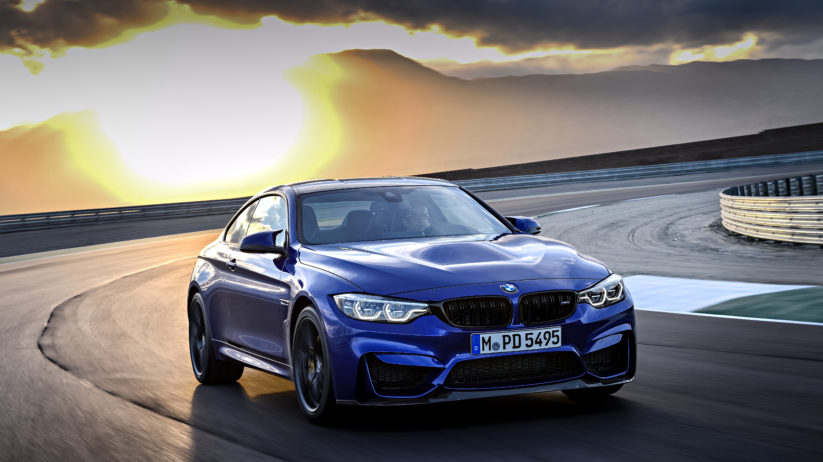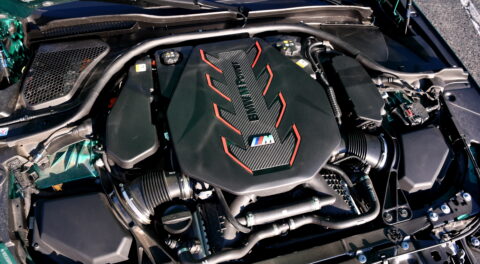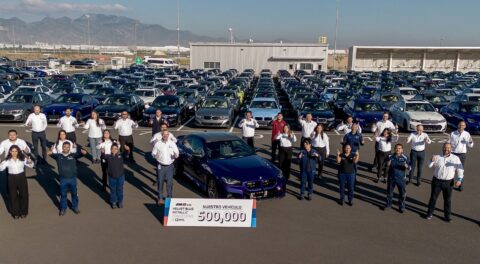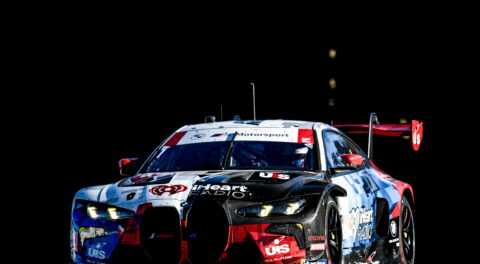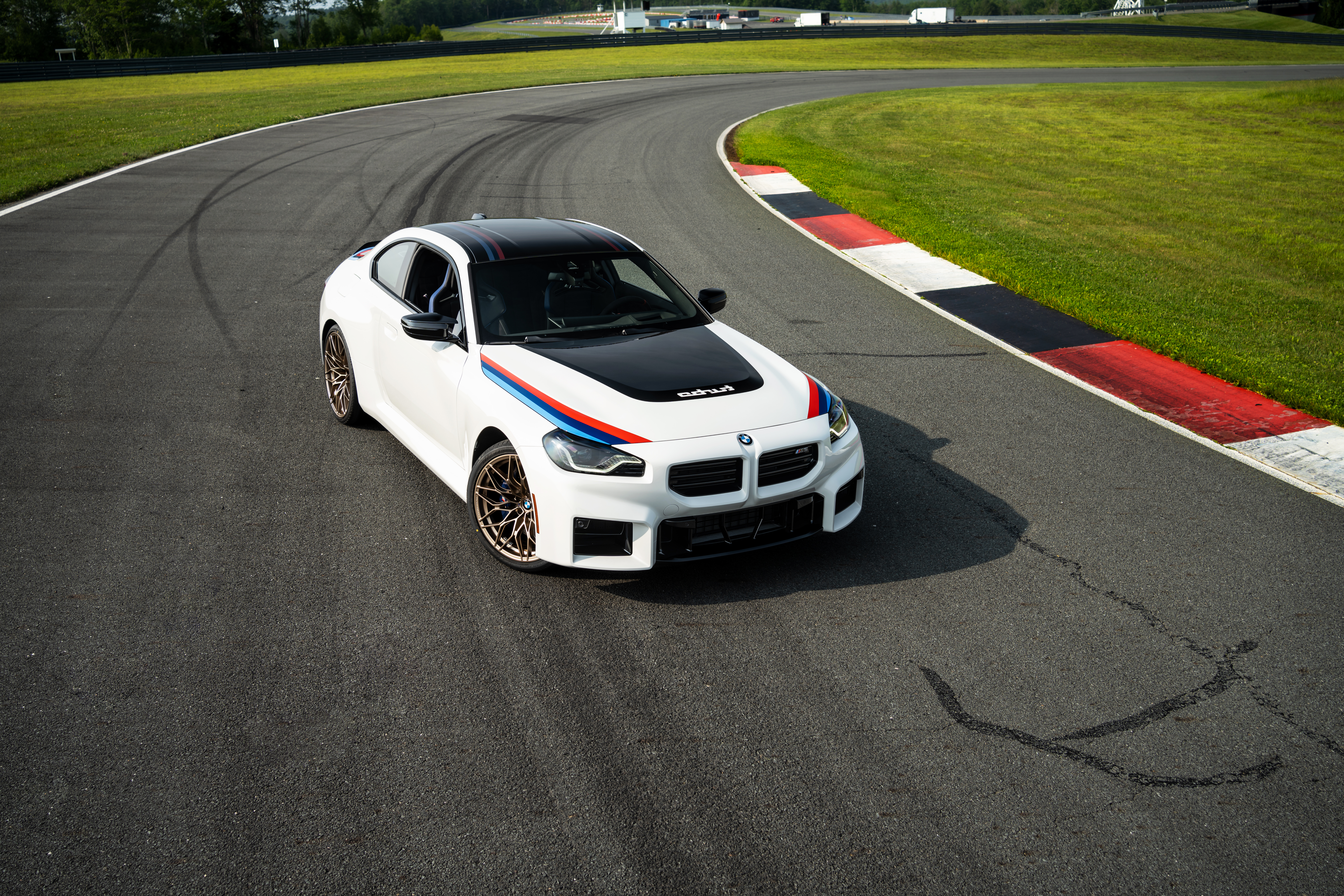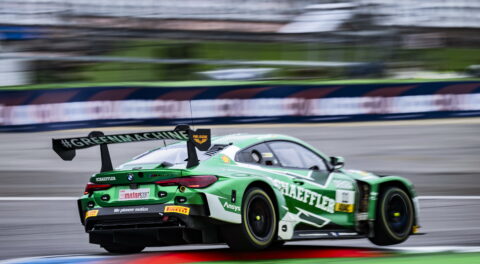After a healthy August which saw 2.1% growth, BMW has followed up with a rather weak September, which saw group sales decline -0.8% with 237,781 deliveries completed during the month. More importantly though, things still remain positive on a year-to-date timescale, with worldwide group sales of 1,834,810 units delivered during the first three quarters of 2018.
Headlining matters was 35% growth from BMW Electrified alone during a best-ever September resulting from 14,559 units sold, which brings the lifetime on-road number to 313,000 BMW Group vehicles with electrified drivetrains. Nearly one third of that figure entered service during 2018, with 97,543 BMW i, iPerformance or MINI Electric cars sold during the first three quarters, or 42% more than the same period during 2017. Although some might express doubt, Pieter Nota, the board member responsible for sales and brand BMW, has gone on record as saying that the automaker’s goal of 140,000 electrified vehicles sold during 2018 remains well within reach as the year draws to a close. Additionally, a goal of 500,000 electrified units sold since the i3 hit the market in 2013 is being set for 2020, which means 2019 will have to be another year of strong growth. By 2025, BMW Group will have a minimum of 25 electric-drivetrain vehicles within its lineup, a dozen of which will have no internal combustion engine to speak of.
When it comes to overall sales that were roughly in line with last September’s numbers, BMW is specifically citing what’s being referred to as market distortion resulting from the Worldwide harmonized Light vehicles Test Procedure (WLTP) changeover. We discussed a bit of this in a recent article where we detailed BMW’s 2018 outlook adjustment and specific issues influencing profitability. In short, automakers are offering deep discounts on new pre-WLTP cars, while slightly newer post-WLTP examples sit in inventory for longer. These problems are expected to work out with time, and as we’ve confirmed before, WLTP going into action has not influenced the delivery or availability of any models.
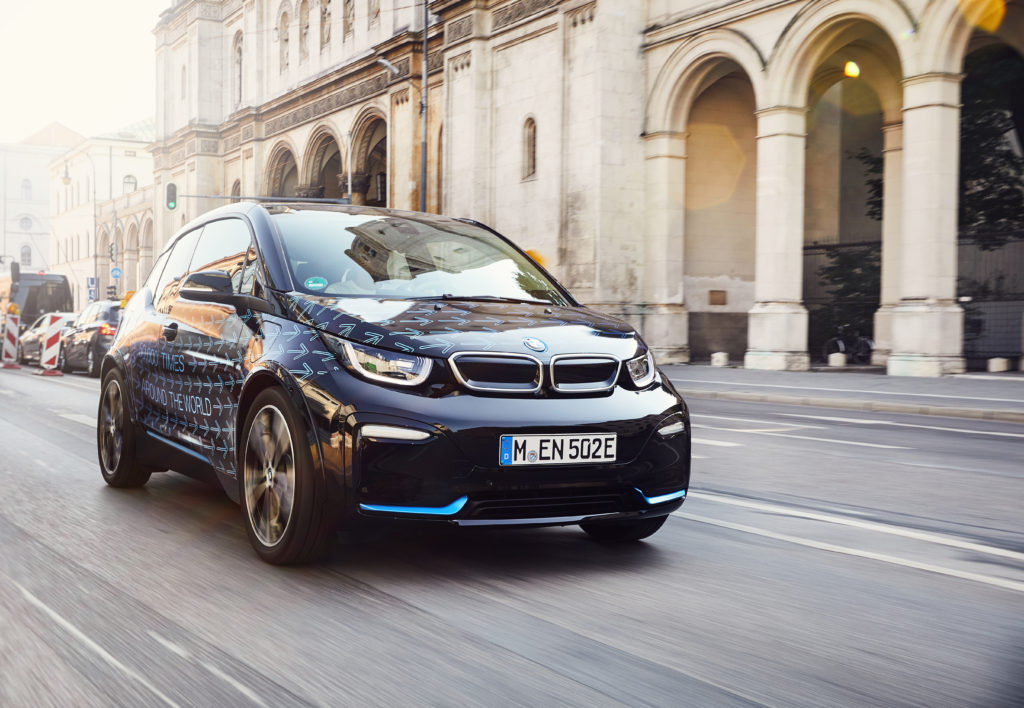
As far as the BMW brand itself is concerned, the story is much the same as it was last month. While group sales as a whole were down -0.8% with 237,781 units delivered, brand sales were up 0.8% resulting from deliveries of 200,710 vehicles. For the year thus far, 1,566,216 BMWs have been delivered to customers, or 1.9% more than the same period during 2017. The 5 Series is the most popular conventional vehicle available right now as the 3 Series has been in limbo with the seventh generation about to hit the market. Growth for the G30 5 Series was calculated to be 14.9% during quarters one, two and three together, and 286,180 have been sold year-to-date. The X3 is the most in-demand BMW model in the U.S. right now, thanks to the new third generation proving to be another great installment in the lineage. 132,478 have been sold so far this year, a 15.3% expansion compared with the initial three quarters of 2017.
MINI continues to be a drag however, with the current year total at 265,935 units sold through September, or -2.0% year-to-date. For September alone, 36,731 MINIs were delivered to customers, a decline of -9.2% from 2017. Rolls-Royce sales were up, with 2,659 of the exclusive, bespoke and appropriately priced motorcars increasing deliveries by 13.5% for the first nine months of 2018—340 took place during September alone, equating to 23.2% growth. Motorrad looks like it is working towards breaking even on annual scale after carding negative numbers for most of the year. Things are still on the wrong side with 126,793 units delivered during 2018 or -0.8% fewer than 2017, but September helped move things in the right direction with 14,124 deliveries, or growth of 0.2%.
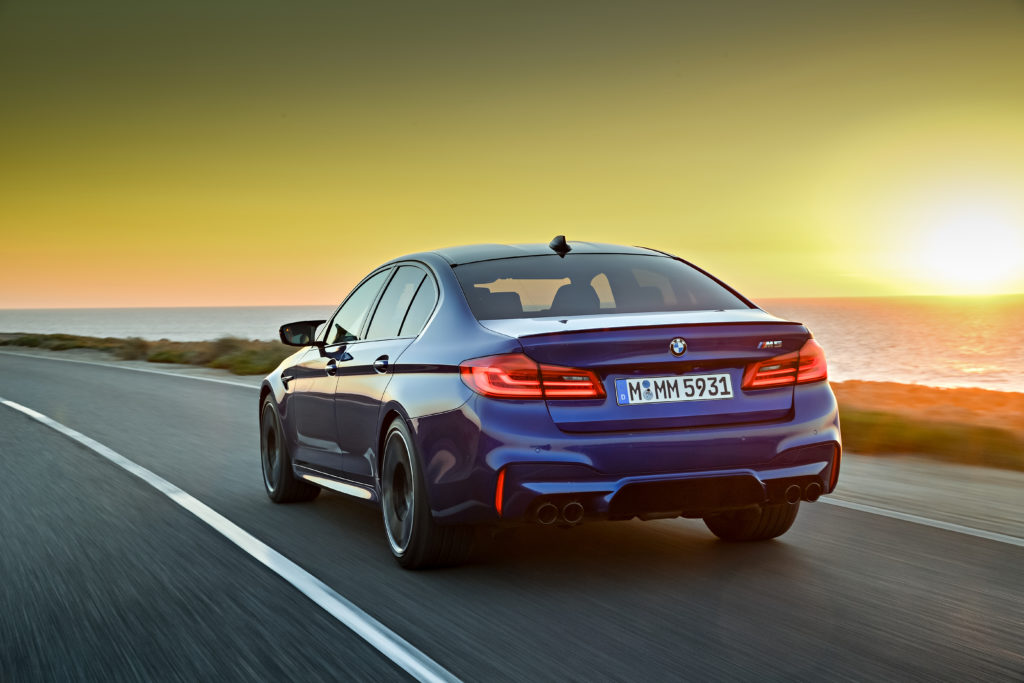
On a regional scale, a good portion of the globe remains in growth mode. Asia led the way some 4.1%, with 80,127 cars sold during September adding to 2018’s total of 637,299 which is 2.7% higher than the same period of 2017. China, the largest single national market, accounted for 59,616 units which resulted in 13.2% growth, adding to 5.3% for the year with 459,629 deliveries there so far. Japan contributed as well during September by way of 9,496 deliveries, or a 6.5% increase, but things are still negative on a year-to-date scale with 56,244 deliveries equating to a contraction of -4.1%. The Americas remained positive as well, logging a 2.2% increase from sales of 38,946 units during September, and 2.9% for the year so far with 335,369 units delivered. The U.S. was up just 0.2% from 29,369 deliveries, but any level of growth is a good thing in the current turbulent market, and things are still in positive territory for 2018 with 259,258 unit sales, or 1.7% more than last year. Latin America contributed double-digit growth during September with 4,870 deliveries, an increase of 12.9%. The numbers look good for the first three quarters of 2018 as well, with 11.1% growth coming from 40,567 deliveries.
The most troublesome region is clearly Europe, the largest regional market. 113,620 BMW Group vehicles were sold there during September, which is -4.9% fewer than last year. Germany and the U.K. are both in difficult straits; the former witnessed 28,509 deliveries for the month, or -3.3% less than 2017, while the figures for the year have also slipped into negative territory with 231,320 units sold translating to a decline of -0.9%. The U.K. saw 38,090 deliveries, down -8.6% for the month, and the year-to-date story isn’t much better, with 181,423 sales equating to a contraction of -2.7%. —Alex Tock
[Photos courtesy BMW Group.]

